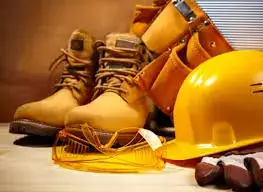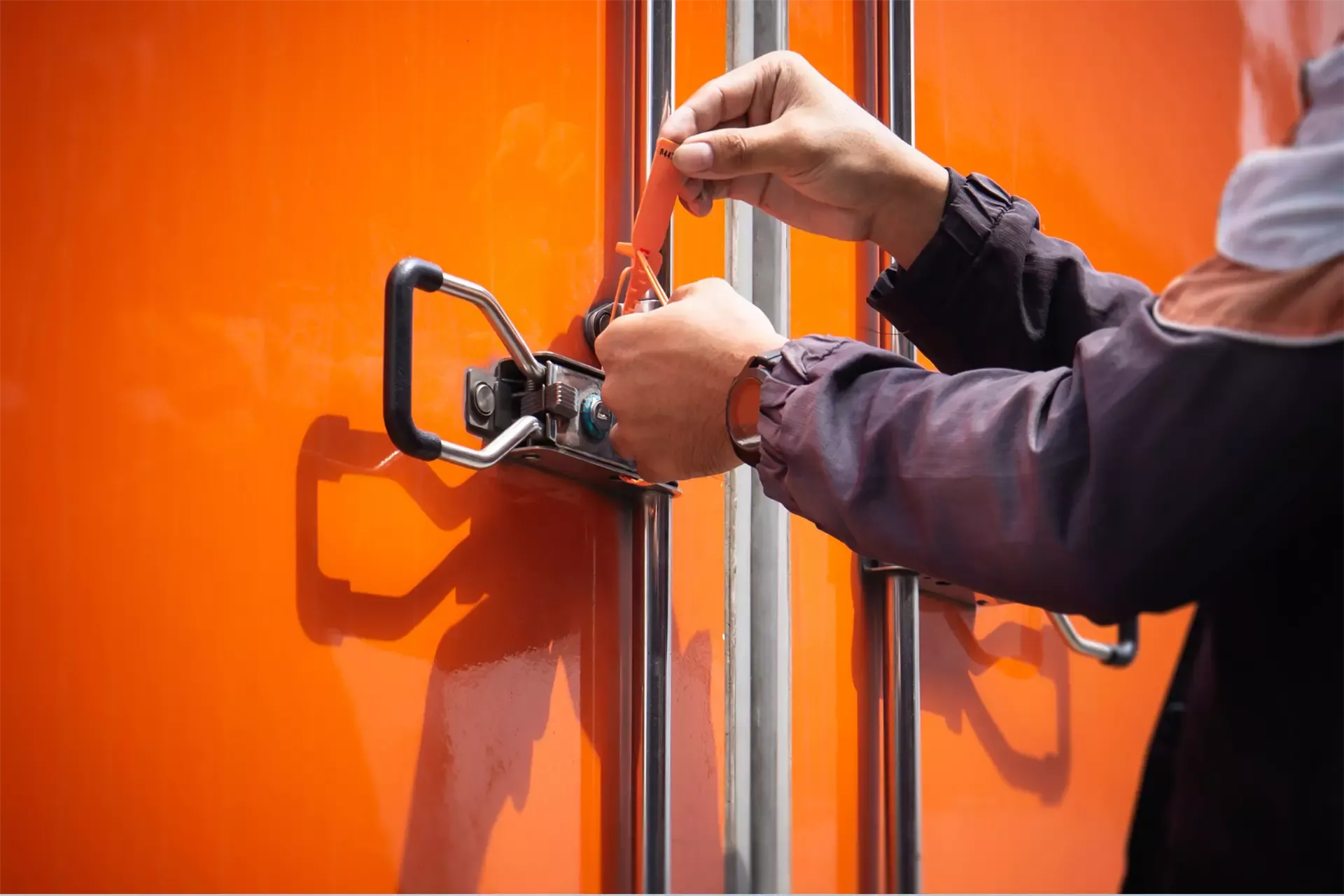Essential safety equipment for a construction site

Essential safety equipment for a construction site
Workforce is a business's most important resource... and it's also an integral part of business success. In the case of a construction site, it is essential that employees are properly protected using appropriate clothing. Let's review the safety equipment needed to work on a construction site.
To Be Seen and Heard
It's critical that your employees can be seen when they're working in a dangerous environment. One in three fatal construction accidents involves pedestrians being hit by moving vehicles. Wearing reduces reflective clothing this risk, as does the installation of sound or light alarms, warning of the presence of a moving vehicle on the construction site.
Protect the eyes
Most eye injuries can be prevented by wearing appropriate protection. These injuries, often caused by dust or ambient air, result from activities such as drilling stones and bricks as well as cutting metals. When a risk of eye injury is likely, workers should wear sturdy safety glasses, which should also serve as shock protection (prefer tempered glass glasses). Face protectors also protect against shocks, toxic liquids, molten metal splashes, and sparks.
Protect the ears
Noise can also cause injuries: continuous noise at a level of 90 decibels is thus capable of causing — in the long term — hearing disorders. Earbuds and earplugs can thus provide appropriate protection. This equipment will reduce unwanted noise, without preventing verbal communication between workers on the job site. Information on the right choice of earplugs, earmuffs, and molded earplugs is available Here, in a guide published by the Public Health Network in Occupational Health (RSPSAT).
Protect the Head
Falling objects and tools are common on construction sites. Even a simple bolt that falls from a height of 15 meters is capable of causing serious injuries and even deaths. Helmets protect the head against this type of danger. Areas where their wearing is mandatory must be clearly marked. Helmets also provide protection against rain, sun and electric shock; choose those made of high-density polyethylene (PE-HD) or resin.
Protect your hands
The hands of workers on construction sites are constantly stressed, and therefore frequently liable to be injured. These injuries can range from abrasions and dislocations to fractures and burns. Appropriate, reinforced gloves can prevent these types of injuries. Protective gloves must therefore be worn in areas where there are toxic or corrosive substances, pneumatic drills as well as serrated or pointed surfaces that can cause lacerations. More information available Here.
Protecting the Respiratory Tract
Harmful dusts and gases are often part of construction sites, due to activities such as paint spraying and sandblasting. While disposable paper masks are effective against dust, staff on the site must be provided with protective masks against harmful gases.
Protect the feet
It is also essential to wear safety shoes or boots that are appropriate for a construction site. A lot of accidents and falls happen because of shoes that are not appropriate. Good safety shoes should be waterproof, with non-slip soles; in addition, they should be strong enough and not likely to be punctured in the event of falling tools or sharp material. The Robert-Sauvé Research Institute for Occupational Health and Safety has published a brochure Guiding You in Choosing Safety Shoes, available Here.





